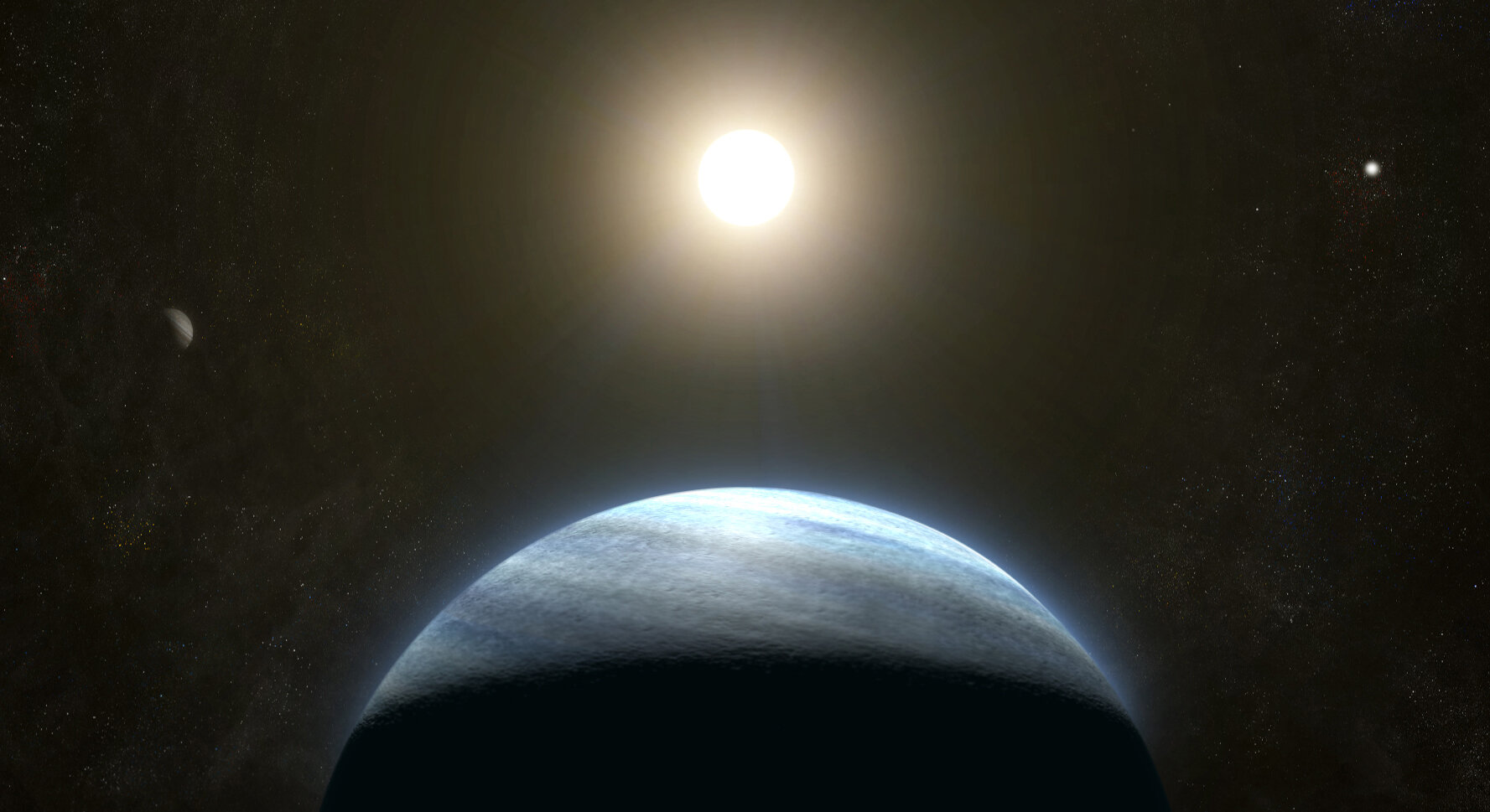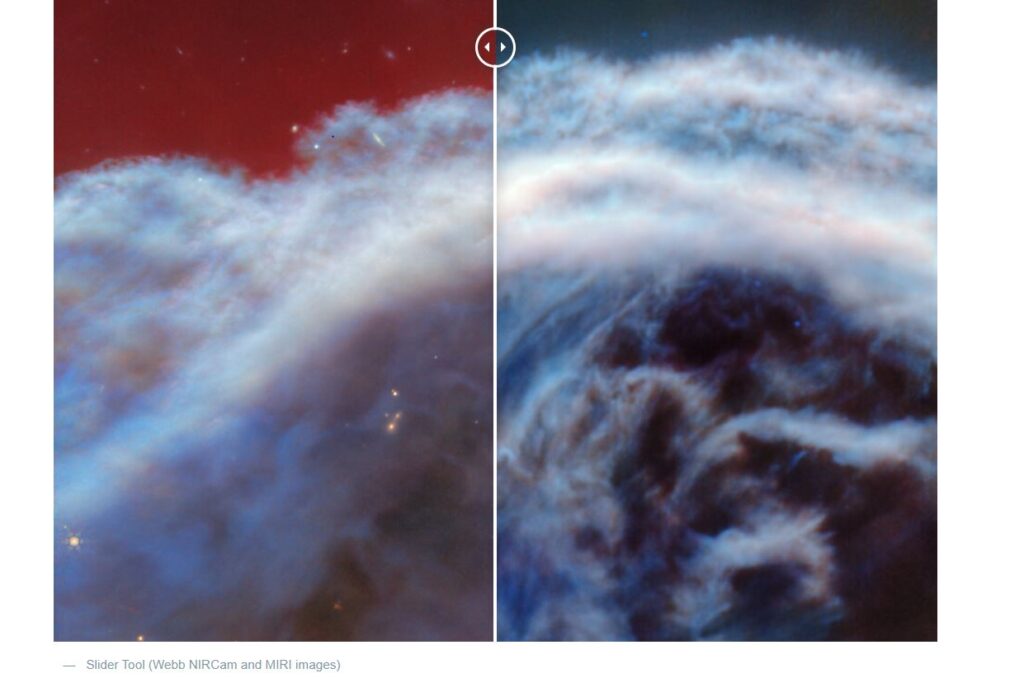
Speech is critical to detecting suicidal ideation and a key to understanding the mental and emotional state of people experiencing it. Suicide hotline counselors are trained to quickly analyze speech variation to better help callers through a crisis.
But just as no system is perfect, there is room for error in interpreting a caller’s speech. In order to assist hotline counselors to properly assess a caller’s condition, Concordia Ph.D. student Alaa Nfissi has developed a model for speech emotion recognition (SER) using artificial intelligence tools. The model analyzes and codes waveform modulations in callers’ voices. This model, he says, can lead to improved responder performance in real-life suicide monitoring.
The research is published as part ...
Read More









Recent Comments